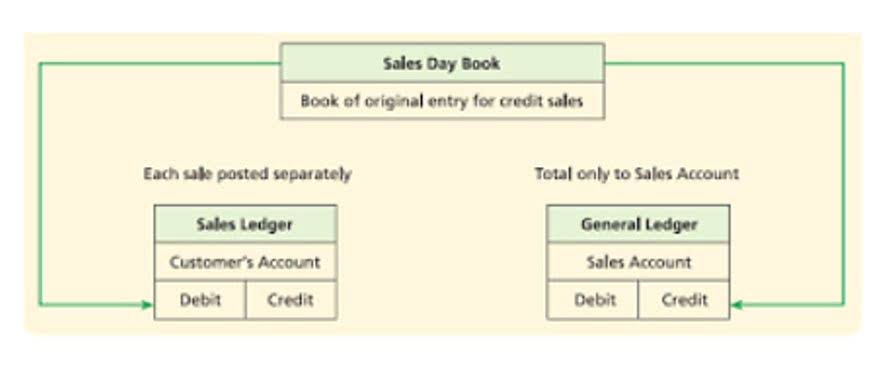4 Steps for Creating a Payroll Budget

At the end of the year, employers must provide each employee with a W-2 form summarizing their annual wages and withholdings, which is also filed with the Social Security Administration. For contractors, a Form 1099-NEC is completed and submitted instead. Note that maintaining accuracy on these forms is essential, and errors can trigger costly audits. For hourly employees, gross pay is calculated by multiplying hours worked by their hourly wage, including any overtime or shift differentials. An employee’s pretax compensation that is based on annual or monthly amounts rather than an hourly rate.
Payroll Taxes, Costs, and Benefits Paid By Employers
Update your forecast to account for the increase in salary or hourly wage expenses. Quarterly reporting allows you to make adjustments relating to significant payroll expense updates, such as business operations or economic changes. Your payroll forecasting frequency may depend on several factors, such as your business size and how often you prepare a budget. Failing to manage your liabilities can lead to serious legal issues. These can be levied if you pay employees late or withhold the wrong amount from their paychecks.
Payroll Expense and Business Growth
- This not only makes it easier to track your business finances but also saves you time, as you won’t be juggling multiple platforms and providers.
- Examples of payroll expenses include salaries and wages, payroll taxes, and benefits.
- Hiring more employees would become imperative as you plan to grow your business.
- In addition, most states require employers to pay industrial insurance and unemployment insurance, and the federal government requires employers to pay an unemployment insurance tax as well.
- To pay workers, start with gross pay and deduct withholdings to calculate net pay.
- In that case, the employer will need to estimate the payroll and payroll-related expenses for the 29th, 30th, and 31st days of the month.
- Salary expenses refer to the compensation you owe your employees, typically as hourly wages or salaries.
The ATO and FWA requires businesses to retain payroll records for a period of seven years. Assume that a restaurant owes workers $3,000 in payroll for the last five days of March and that the next payroll date is April 5. Using the accrual method, the $3,000 wage expense is recorded on March 31, along with recording a $3,000 increase in wages payable liability. Gross pay may also include bonuses, commissions, and other types of additional compensation. Triple-check your calculations, since gross pay impacts all subsequent payroll calculations.
Ways To Reduce the Cost of Your Payroll Service

This provides the government with a record of annual wages, federal and state taxes, health savings contributions and 401(k) contributions. We know that employer payroll costs represent the total sum of money an employer pays their employees to compensate for labour. However, this still begs the question, what makes up this total sum of funds? Payroll costs can be broken down into smaller segments, such as employee benefits, tax deductions, CPP/QPP contributions, and EI premiums. Some of these expenses are mandatory, and some are voluntary, so as the business owner, you get to decide which voluntary costs you incur.
What Are the Basic Types of Payroll Accounting?

Using the ATO’s individual non-business tax calculator you would deduct $204 in PAYG bookkeeping withholding giving you a post-tax pay of $916. If there were any additional deductions after this, they would further reduce the pay. Using payroll software can help streamline the process and time needed to manage payroll. Payroll software costs for small businesses include the price of the software itself and possibly installation costs, depending on the platform and pricing structure you choose. The features you opt into and the size of your workforce may also factor into the cost of payroll software. After calculating net pay, employers must submit payroll tax deposits to the IRS and any relevant state tax agencies.
Evaluates Company Expenses

Payroll expense is the amount of salaries and wages paid to employees in exchange for services rendered by them to a business. The term may also be assumed to include the cost of all related payroll taxes, such as the employer’s matching payments for Medicare and social security. Keeping employee records up-to-date – including hours worked, salary rates, and benefit choices – is crucial for error-free payroll processing.
Generally, the cost of fringe benefits should be expensed when they are earned by the employee, not in the period in which they are paid. To get an accurate view of your total payroll expenses, you need to include any payments to independent contractors as part of your payroll calculation. This tends to be easier than calculating payroll for employees since you only need to consider gross pay. However, what are payroll expenses it can sometimes be a bit trickier to project total payroll expenses for contractors over a given period depending on their contract terms. A worker’s classification determines how your business handles tax withholdings for them. If the worker is an employee, you’re responsible for the payroll expenses above.
- After determining payroll costs, you’ll need to pay the taxes owed for a specific period of time, such as quarterly or annually.
- Your payroll expenses will increase if you give your employees a raise.
- However, it’s important to note that you don’t have to withhold any of an independent contractor’s gross income.
- Ensuring the accuracy of these expenses is vital for regulatory compliance, strategic planning, and overall business success.
- It doesn’t include rent, utilities, equipment, inventory, or any other business expenses unrelated to employee compensation or benefits.

Creating a scalable payroll budget ensures that your company can manage payroll expenses effectively as it grows and evolves. Employee benefits include health insurance, retirement plans, life insurance, disability coverage, and other fringe benefits you provide. It represents an employee’s basic salary without including additional incentives and before making any deductions.

A monthly forecast gives you the ability to frequently update your https://www.bookstime.com/articles/financial-ratio-analysis predictions to account for internal or external changes. This distinction is important because of the way businesses track their finances. Additionally, many companies opt to run payroll budgets on a per-project basis, especially if they’re bringing in consultants or temporary workers to support existing employees. These short-term payroll budgets can give your organization even more flexibility when it comes to hiring. So, what do owners need to have in place to start off on the right foot?
